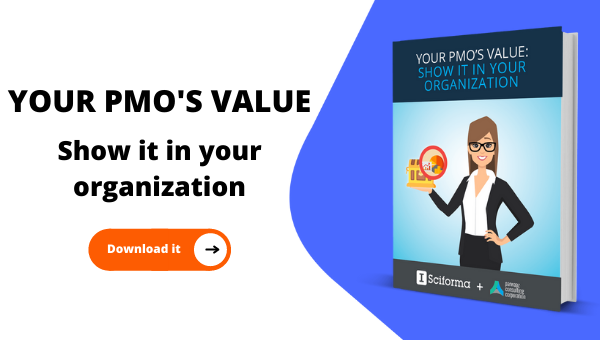While no region of the world is really COVID-free yet and new variants are sparking renewed fears or even reversing the transition toward normalcy, economic recovery from the pandemic-related crisis is well under way. Businesses and industries worldwide are even coming back faster than they had imagined.
However, the COVID recovery period comes with its fair share of challenges to be grappled with. And many of them are proving to be just as testing as the crisis itself.
Lasting Imbalances and Tensions in COVID Recovery
COVID-19 has placed enormous strain and demands on our businesses and economies.
The acute phase of the COVID crisis may be behind us, but the recovery still presents significant challenges.
Supply chain and COVID lockdown restrictions
Chief among them is the pressure on critical supply chains worldwide. Many industries are currently facing a shortage of key raw materials and supplies.
Local restrictions and shutdown orders drove some suppliers to slash output and caused lasting disruption to transport networks and infrastructure (such as ports). As a result, many product vendors have struggled to get key spare parts or materials delivered. They have accumulated growing backlogs and are now having a hard time meeting pent-up consumer demand.
To further exacerbate the logistics problem, there is a lack of key workers and rising costs of energy and commodities.
Talent shortages and prices
Talent shortage is another factor that’s stifling the post-COVID economic recovery, especially in the US — where an estimated 24 million workers quit their jobs from April to September 2021. The so-called “Great Resignation” comes from a shift in mindset and life expectations, mental fatigue, and a general feeling of worker discontent. In particular, this impacts younger, poorly paid workers and those called back to the office full time after enjoying the perks of remote working. The lack of manpower is certainly not easing up the work of recovering businesses.
The bottlenecks in supply chains and tensions in the labor market have driven prices and wages up, accelerating the resurgence of inflation across developed economies. The Euro zone inflation rate hit a new record high of 5% in December 2021, while US inflation rose to 6.8% over the last year. According to their line of business, financial situation, international exposure and so forth, businesses need to come up with specific response plans to meet this new challenge.
Add to these issues the end of government-backed stimulus packages and programs in many countries, a growing volatility in consumer demand, and an uncertainty around stock markets behaviors, and you get a good picture of the challenges of the COVID aftermath.
Are We Actually Missing the Crisis?
As they’re watching the brunt of the crisis disappear in the rearview mirror, some business leaders and teams report what basically looks like hangover symptoms. Remember spring 2020 and the stimulating rush we experienced at the outbreak of the crisis? Suddenly, we had to think outside the box to ensure business continuity amidst unprecedented circumstances. The emergency acted like a massive injection of adrenaline: accelerated decision-making, relentless effort, boosted efficiency of interactions thanks to an impetus for stick-togetherness… Organizations and teams were spurred on to give the very best of themselves and experienced something akin to the feeling of complete engagement that psychologist Mihaly Csikszentmihalyi calls “flow”.
The sense of excitement is fading away as business conditions are normalizing. After getting used to outstanding work performance, businesses have to revert to more leisurely cruising speeds. Which is not always easy to accept.
A Brand New World
On the surface, the “new normal” of COVID recovery closely resembles the old days. However, it is fundamentally different. The various shelter-in-place measures that were implemented worldwide have dramatically changed the ways in which people approach work, consumption, social and brand interactions, and more. And most of the changes are here to stay.
From evolving traveling habits to the rise of the Metaverse, from increased consumer focus on corporate sustainability commitments to an exodus from large cities, the COVID crisis has triggered a number of game-changing trends and phenomena that are profoundly impacting business spheres.
Customers and markets are still in the process of adjusting their usage and consumption patterns, which means that businesses are now navigating uncharted seas.

- What Are the Main Problems in Project Portfolio Management?
- Everything You Need to Know About Project Portfolio Management Software
- The Key Features and Benefits of Project Portfolio Management Systems







Valerie Zeller
Valerie is Sciforma Chief Marketing Officer. Main interests: digital transformation, change management, strategy execution. Send your thoughts @valeriezeller